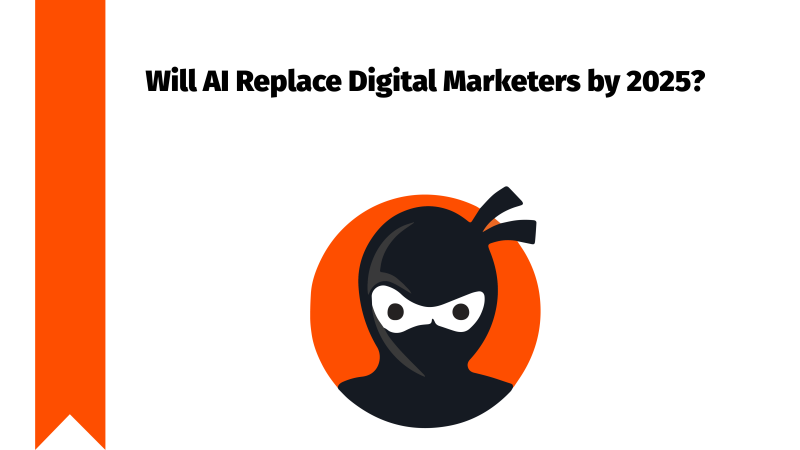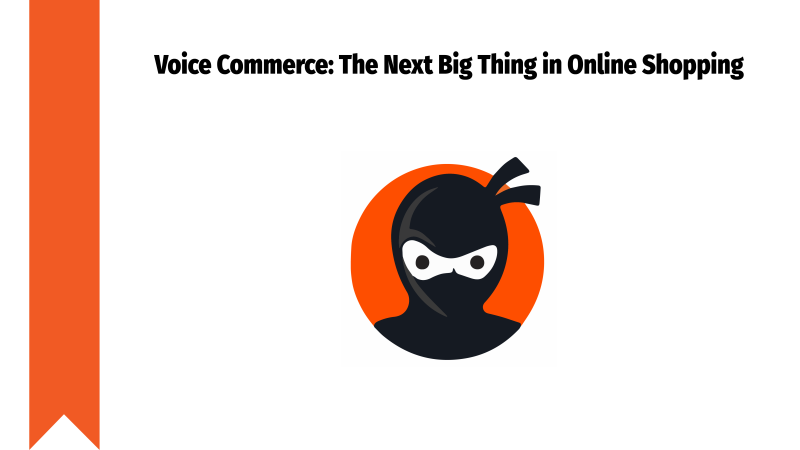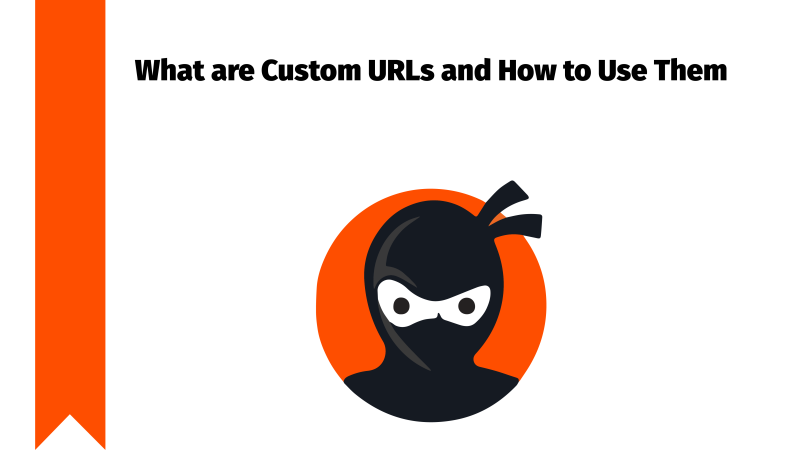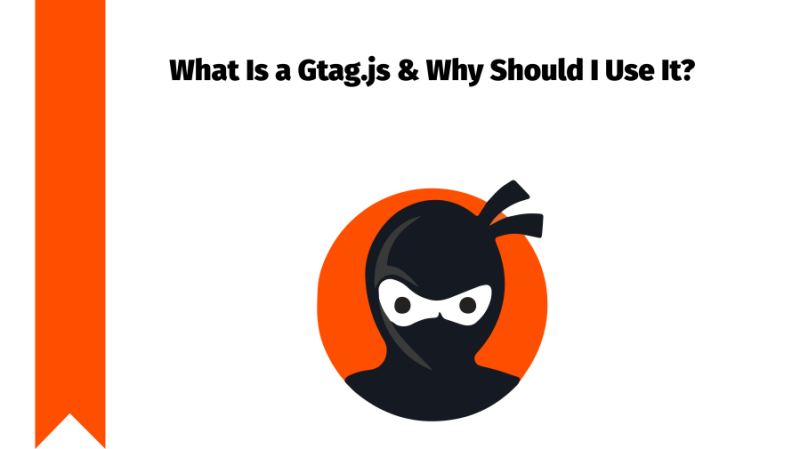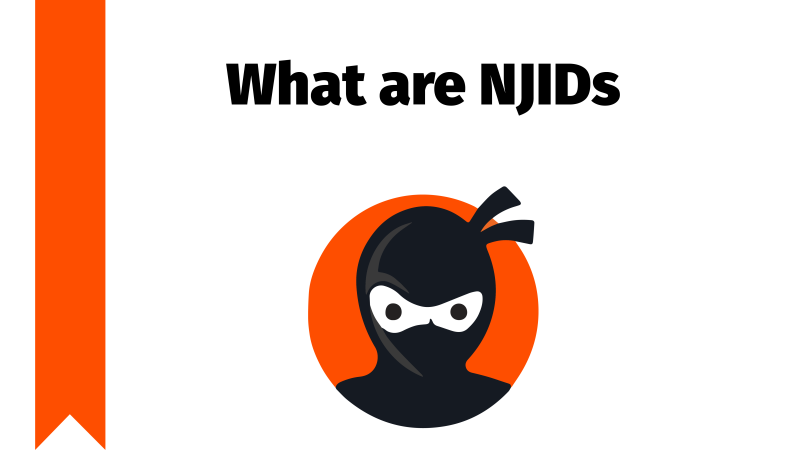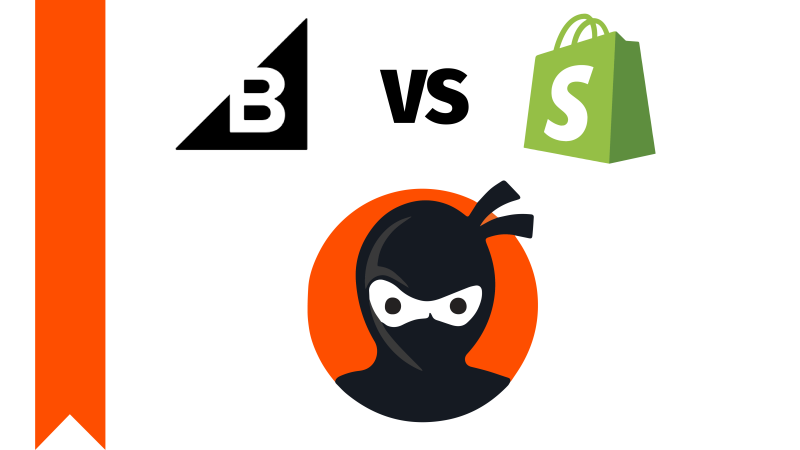
Digital advertising has gone through many changes since its creation. In the old days, the only place advertisements existed was in real life, on buildings, banners, and in shops, as flayers. After some time, TV Ads were introduced, it was a simple advertisement technique, nothing amazing.
But on 27 October 1994, the first digital Ad appeared and changed the game of digital advertising. In this blog, we will go through some important times of the process.
The Birth of Digital Advertising: Banner Ads
The day that digital advertising was born, was 27 October 1994. It was a simple Ad, but effective at the time.
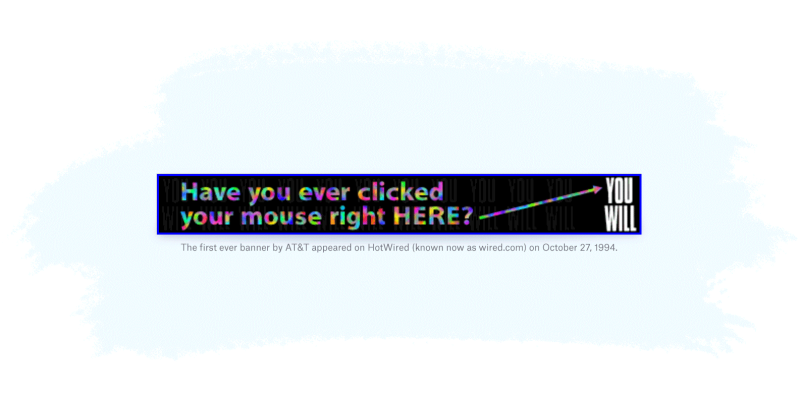
Early days:
- The first-ever online advertisement was a simple banner, that appeared on HotWired (a Pioneer of Wired magazine). This banner Ad had a click-through rate (CTR) of 44%, a figure unimaginable today.
- Early banners were static, even primitive to what we are used to seeing now. They consisted of bright colors, flashy effects, and catchy words.
Limitations:
- It had very very small capabilities when it came to targeting, you could only target based on the website’s general audience.
- There were basically no metric systems, today we have hundreds of metric systems, but back then only CTR (Click-Through Rate) was available.
The Rise of Search Engine Marketing (SEM)
Now, after Google announced the creation of Google AdWords, digital advertising took a big step forward.
Google AdWords:
- Launched in 2000, Google AdWords (today known as Google Ads) changed the whole game and brought some new figures to the play, PPC (Pay-Per-Click) and focusing on keywords.
- Advertisers could now create, research, and use their desired keywords for better targeting, ensuring their ads appeared in front of users actively searching for related information.
Impact:
- The impact was great, now digital advertising has got to another level. Advertisers could use keywords for better targeting.
- Improved ROI: Advertisers paid only when users clicked on their ads, making it a cost-effective option.
Social Media Advertising

In 2004 almighty Facebook was created by Mark Zuckerberg along with his college roommates Eduardo Saverin, Andrew McCollum, Dustin Moskovitz, and Chris Hughes while they were students at Harvard University.
In 2007 Facebook Ads were created, digital advertising is full of revolutions, isn’t it?
Facebook Ads:
- Launched in 2007, Facebook Ads, with the help of the vast amount of data it collects on its users, created new targeting options based on users’ demographics, interests, and behaviors.
- After some time, many of the other platforms followed Zuck’s innovations and shared his ideas about targeting. Companies like Instagram, Linkedin, and Twitter started using their own data for new targeting options and Ad formats.
Innovations:
- Targeting better than ever: now your targeting can be so specific, that only people who search for your product can see it.
- A wide variety of Ad formats like carousel Ads, Video Ads, sponsored Ads, and stories were added.
Programmatic Advertising
Think of programmatic advertising as the high-tech matchmaking of ads and audiences. Instead of manual negotiations, it’s like having smart software do the heavy lifting, matching advertisers with the perfect spots to showcase their ads in real time.
It’s all about reaching the right people with the right message, seamlessly and efficiently, in the digital landscape.
Definition:
- Programmatic advertising automates the buying and selling of ad inventory in real time through automated bidding systems.
Advantages:
- Efficiency: Automated processes reduce the time and effort required for manual ad placements.
- Real-time bidding: Advertisers can bid for ad impressions in real-time, ensuring the most relevant ads are shown to the right users
Technologies:
- Demand-side platforms (DSPs): Allow advertisers to purchase ad impressions across various publishers.
- Supply-side platforms (SSPs): Enable publishers to sell ad inventory programmatically
AI-Driven Campaigns

And another huge step in digital advertising is the goliath of an option. Everything became easy, yet complicated, let me explain.
Introduction of AI:
- artificial intelligence, also known as AI, brought a whole new level of joy to digital advertising.
Capabilities:
- Prediction: AI can easily predict the next not one, not two but three steps. It can predict user behaviors and needs and optimize Ad placements for you.
- Personalization: It can create the best-suited Ads for your customers.
- Automation: Tasks such as bid adjustments, audience targeting, and ad creative optimization can be automated for efficiency and effectiveness.
Impact:
- The impact was, of course huge. One of the reasons was improved performance, now AI-driven campaigns can significantly enhance ad performance by continuously learning and adapting to user behavior.
- Cost-efficiency: Automated processes reduce wasted ad spend and improve ROI.
Conclusion
From the simple handmade banner, with flashy colors and catchy texts, to auto-generated, filled with data and research Ads. what a history digital advertising has. In my opinion, it’s second behind human evolution history.
What a dramatic stage, and what a dynamic nature this subject has, but for me, there is another level to it. Because these couple of years were complicated and confusing for all of us, a group of people decided to create a simplifier for all of the problems.
They created the MyDataNinja platform where you can manage your data, monitor both Meta and Google ads in a simple dashboard, and use MyDataNinja’s simple CRM or integrate your own and many more amazing features. Check out MyDataNinja pricing, join us, and get a 7-day free trial.




